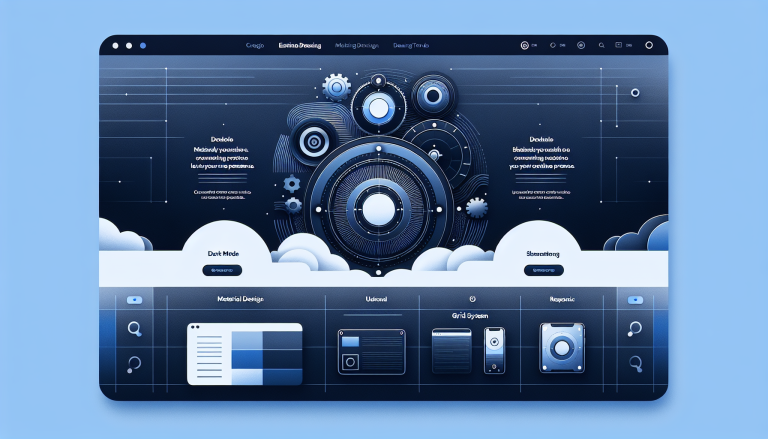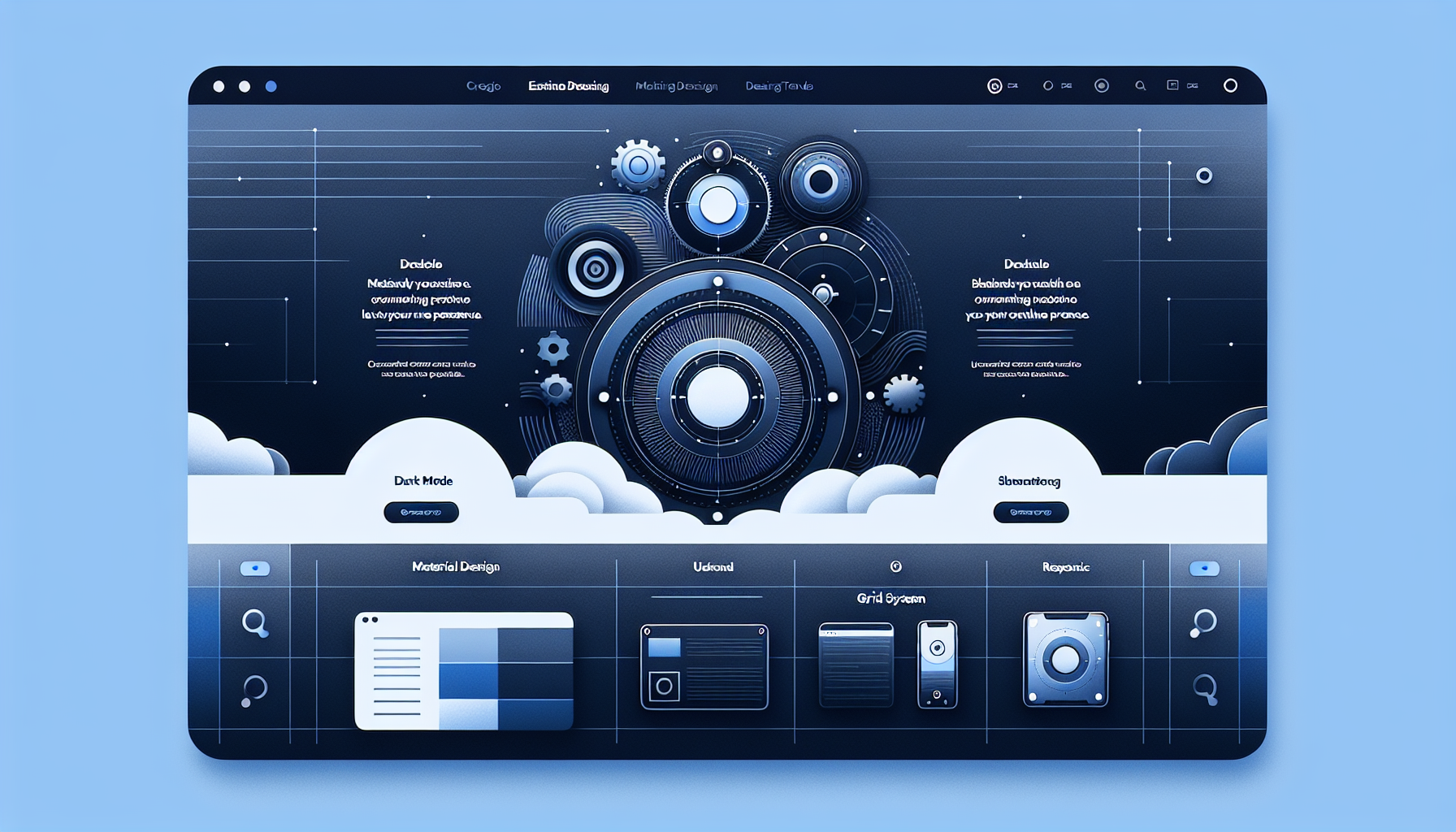5 Essential Web Design Trends to Elevate Your Online Presence
**Unlocking the Power of Modern Web Design: Trends, Strategies, and Inspiration**
In the ever-evolving world of web design, it’s easy to get lost in the sea of trends and technologies. But what sets apart the good from the great? The answer lies in striking the perfect balance between creativity and strategy. As a web designer, it’s essential to stay ahead of the curve and keep your website looking fresh and engaging.
**The Rise of Minimalism**
One of the most significant trends in web design right now is minimalism. This style emphasizes simplicity, clean lines, and a limited color palette. By stripping away unnecessary elements, minimalism creates a sense of calm and focus that draws users in. As Neil Patel, a renowned digital marketing expert, puts it: “Simplicity is key to creating a great user experience. When your website is too cluttered, users get overwhelmed and leave.”
To incorporate minimalism into your website design, try the following:
* Use a limited color palette and focus on a few key colors.
* Choose a clean, sans-serif font and avoid ornate or decorative fonts.
* Remove unnecessary graphics and focus on high-quality images.
* Use whitespace effectively to create a sense of breathing room.
**The Power of Dark Mode**
Another trend that’s gaining traction is dark mode. This style features a dark background and light-colored text, which can be easier on the eyes and create a more immersive experience. As Apple’s design team notes, “Dark mode is a great way to create a sense of depth and contrast on your website.”

To incorporate dark mode into your website design, try the following:
* Use a dark background and light-colored text to create contrast.
* Choose a dark color scheme that complements your brand’s colors.
* Use high-quality images to add visual interest.
* Experiment with different font sizes and line heights to create a sense of hierarchy.
**The Importance of Accessibility**
As web design continues to evolve, accessibility has become an increasingly important consideration. By designing websites that are accessible to all users, regardless of ability or device, you can ensure that your website is usable by everyone. As the World Wide Web Consortium notes, “Accessibility is not just a moral imperative, it’s also a business imperative.”
To make your website more accessible, try the following:
* Use clear and simple language in your content.
* Provide alternative text for images and other multimedia elements.
* Use high contrast colors and clear typography.
* Test your website on different devices and browsers to ensure compatibility.
**The Role of User Experience (UX) in Web Design**
User experience (UX) is a critical component of web design. By designing websites that are intuitive and easy to use, you can create a positive experience for your users. As Don Norman, a renowned UX expert, puts it: “The goal of UX is to create a seamless experience that’s easy to use and enjoyable.”
To create a great UX, try the following:
* Conduct user research to understand your users’ needs and behaviors.
* Use user testing to validate your design decisions.
* Create a wireframe or prototype to visualize your design.
* Iterate and refine your design based on user feedback.
**Creative Inspiration: Tips and Resources**
If you’re feeling stuck or need a boost of creativity, here are some tips and resources to help you get started:
* Follow design blogs and websites, such as Smashing Magazine and A List Apart, to stay up-to-date on the latest trends and techniques.
* Use design tools like Sketch and Figma to create wireframes and prototypes.
* Experiment with different design styles and techniques, such as minimalism and dark mode.
* Join online design communities, such as Dribbble and Behance, to connect with other designers and get feedback on your work.
**Case Study: The Design Process**
Let’s take a look at the design process behind a successful website. Here’s a case study of a recent project:
* **Research**: Conducted user research to understand the needs and behaviors of the target audience.
* **Wireframing**: Created a wireframe to visualize the design and identify potential issues.
* **Prototyping**: Created a prototype to test the design and gather feedback.
* **Iteration**: Iterated and refined the design based on user feedback.
* **Launch**: Launched the website and monitored its performance.
**Tech Tools & Tips**
Here are some tech tools and tips to help you streamline your web design workflow:
* **Design systems**: Use design systems to create a consistent look and feel across your website.
* **Accessibility tools**: Use accessibility tools, such as WAVE and Lighthouse, to ensure your website is accessible to all users.
* **Version control**: Use version control tools, such as Git, to track changes and collaborate with team members.
* **Design automation**: Use design automation tools, such as Adobe XD, to streamline your design process.
By incorporating these trends, strategies, and inspiration into your web design, you can create a website that’s not only visually stunning but also user-friendly and accessible. Remember to stay ahead of the curve and keep your website looking fresh and engaging. With the right approach, you can unlock the full potential of your website and take your web design to the next level.


